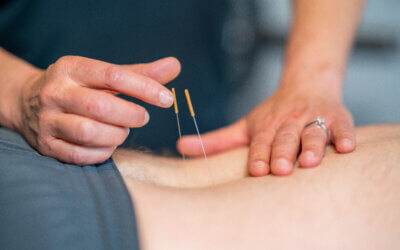When was the last time that you experienced wrist pain? Was it the last time you reached into your fridge and tried to uncap a jar of pickles? Or was it when you came home from work and turned the knob of your front door? If either of these scenarios sound familiar to you, then you are not alone. Studies have shown that almost 20% of the general population regularly experiences pain in the wrist. This number is even higher among people who work in physically demanding occupations, as well as athletes.
While many people might think that pain medications and surgery are the only answers to chronic wrist pain, there are other options out there. Physical therapy techniques have been proven to effectively treat many common causes of wrist pain. Some patients have reported that physical therapy helped to eliminate their pain symptoms altogether. Finding a physical therapist for your wrist may be exactly what you need to return to your daily routine free of pain.
Why should I find a physical therapist for my wrist pain?
There are many things that a physical therapist can do to help treat the causes of chronic wrist pain. Here are just a few of the benefits that you can experience by finding a physical therapist to treat the pain in your wrists:
- Immediate pain relief — A physical therapist can use techniques such as soft tissue mobilization to provide immediate pain relief to painful wrists. This relieves pain by increasing the blood flow to the affected area and relaxing any tight muscles that are contributing to your wrist pain.
- Diagnosing the problem — While pain relief is important, it is even more crucial to pinpoint the source of your wrist pain. Physical therapists are trained to diagnose and treat many of the causes of wrist pain. Their diagnosis will help to determine the best methods of treatment for your needs.
- Posture training — Many people experience wrist pain due to poor posture during activities such as typing, texting or using hand tools. This causes extra stress on the tendons, ligaments and joints. A physical therapist can help to identify problems with your posture and help you to correct them.
- Strengthening the wrist — The best way to prevent pain in the future is to strengthen and stabilize the many parts that make up your wrist. Therapeutic exercises can be used to strengthen your wrists, which helps prevent them from becoming injured in the future.
Where can I find a physical therapist near me for my wrist pain?
For the highest standard of physical therapy care in Apache Junction, Arizona, turn to the experts at Continuum Wellness. Our specialists can work with you to pinpoint the source of your pain and work to help you get back to doing the things you enjoy. A free screening can help us to determine what treatment methods are best suited to your needs.
Contact our team today for more information or to schedule an initial appointment.



